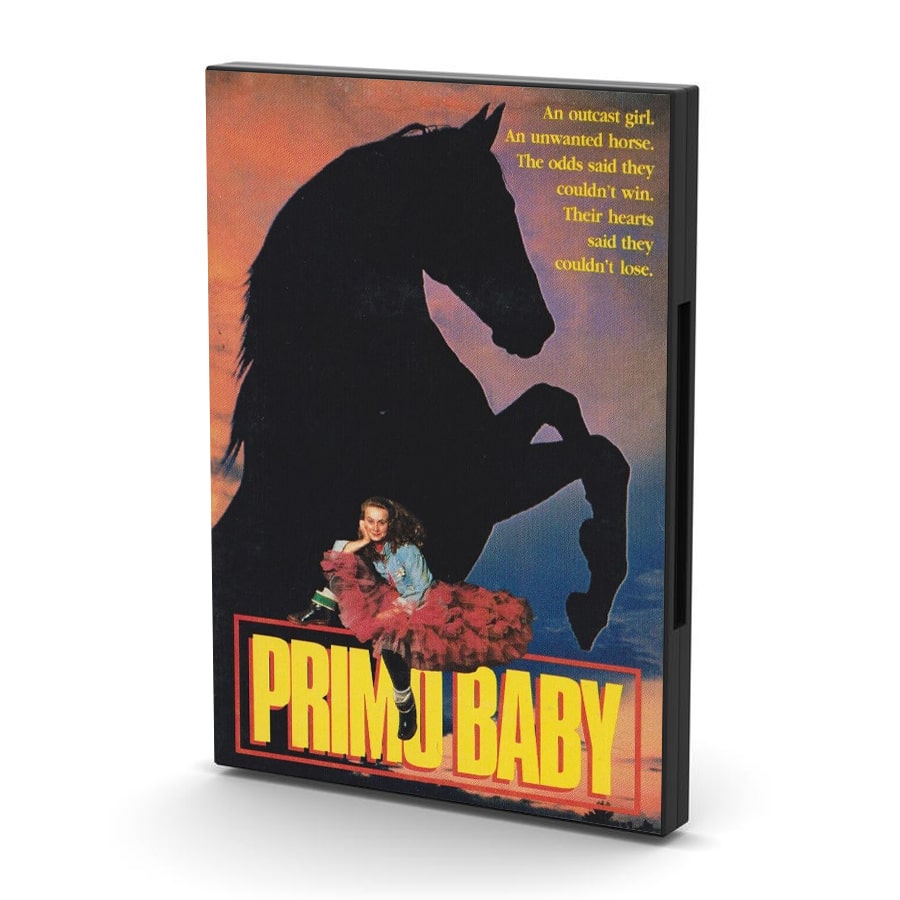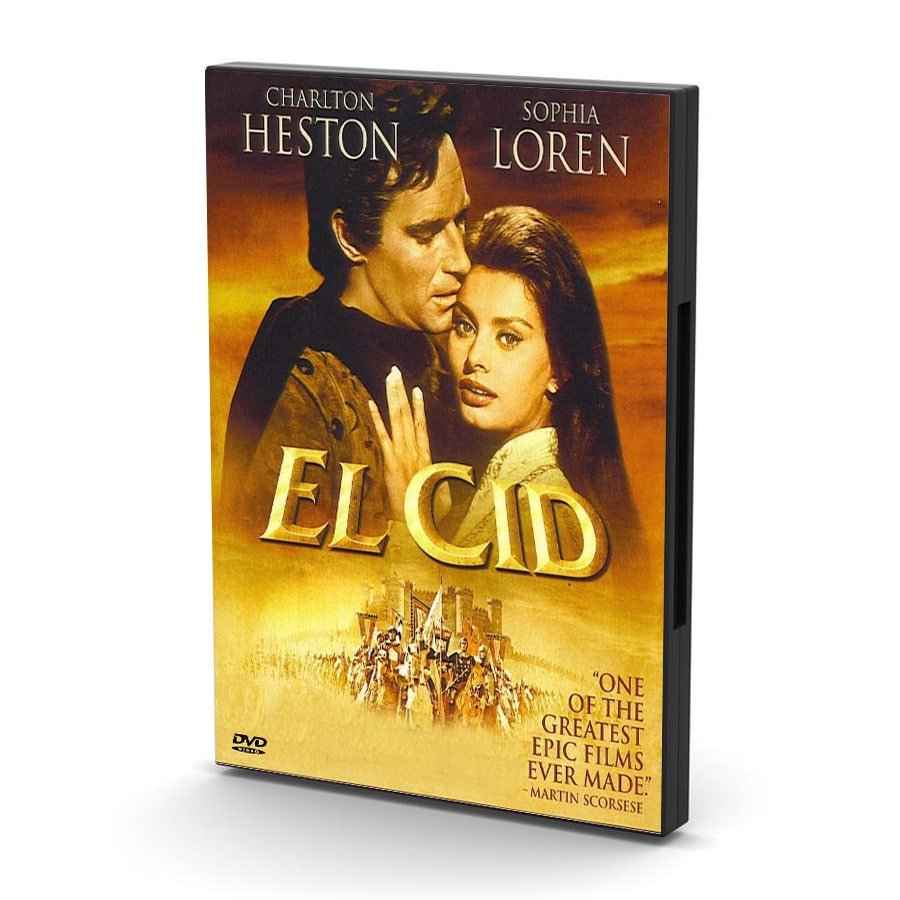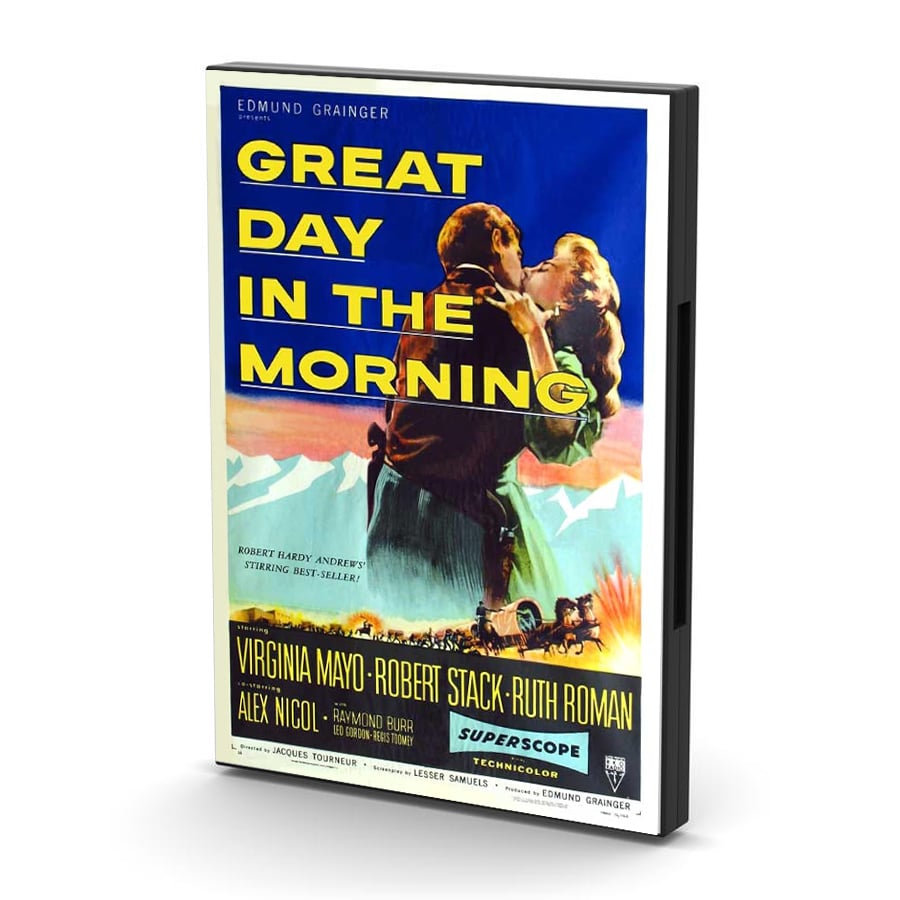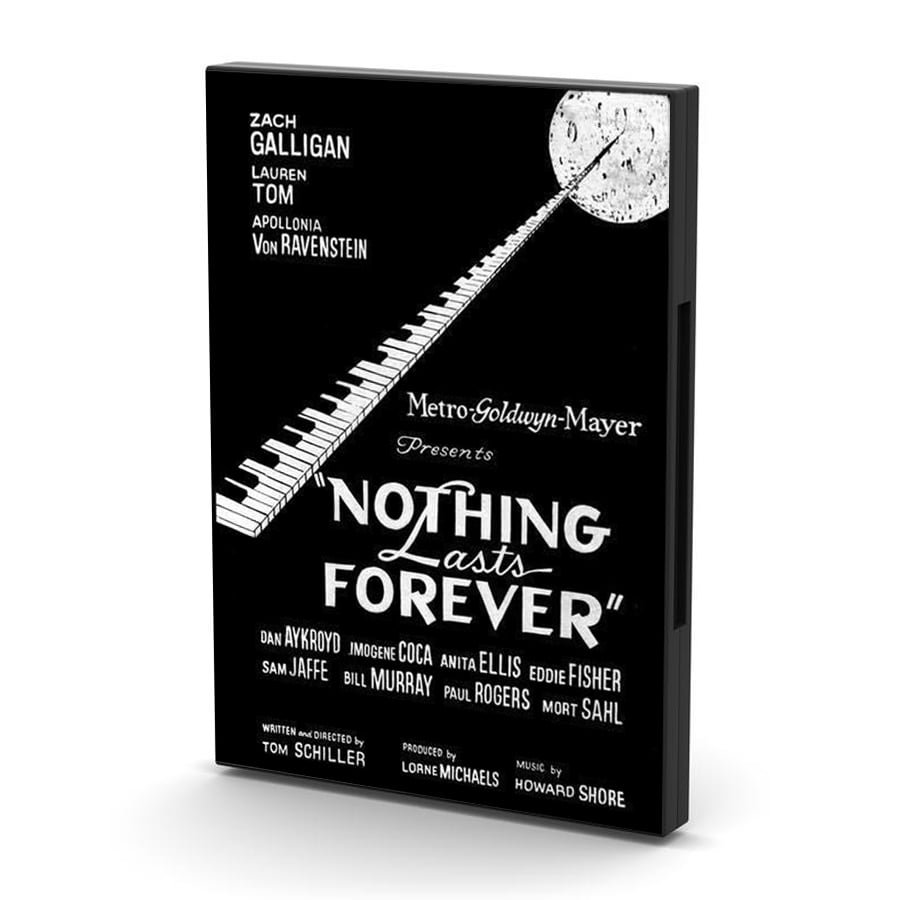Gone with the Wind 1939 DVD
Storyline!
Gone with the Wind is a 1939 American epic romantic romance story based on Margaret Mitchell’s 1936 novel. Victor Fleming directed the film, which is a production of David O. Selznick of Selznick International Pictures. The film is set in the American South after the American Civil War likewise Song of the South featured Uncle Remus by; Joel Chandler Harris and the Reconstruction period and tells the story of Scarlett O’Hara, a strong-willed daughter of a slave.
- Comes on Region Free DVD-R with Disc Art and a Full-Colour Cover page in a 7mm Standard DVD Case.
- Subtitles only show for the parts, not in English.
Additional Information
| Released Date | 17 January 1940 (USA) |
|---|---|
| Runtime | 238 minutes (3hr 53min) |
| Region | Region Free – Play Worldwide |
| Directors | Victor Fleming, George Cukor |
| Produced by | Selznick International Pictures |
| Shipping & Packaging | Bubble wrap package |










